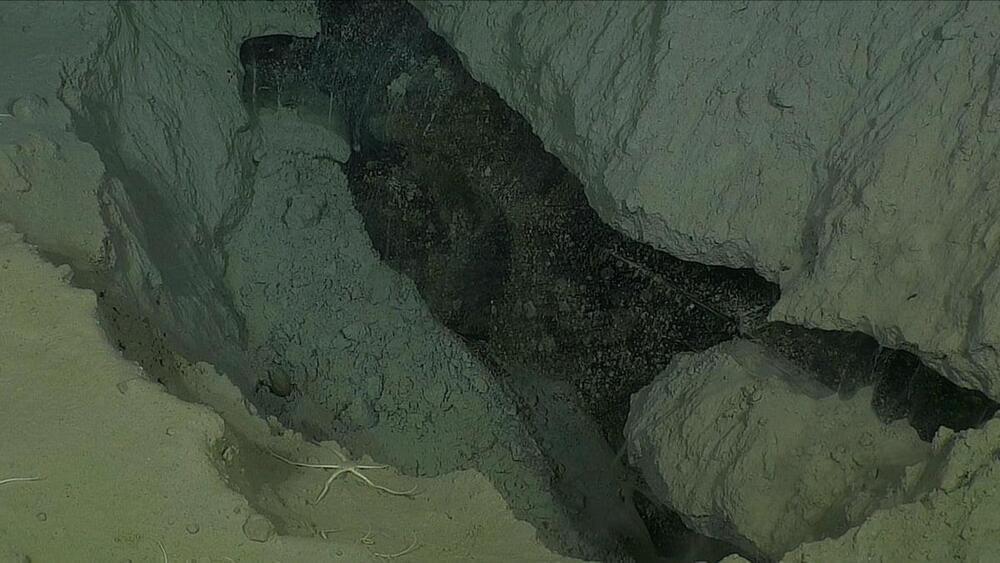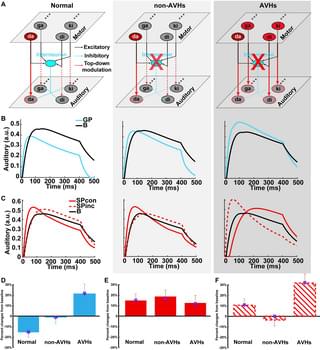Imagine if the reality we experience every day is just a simulation created by a more advanced civilization. Sounds like science fiction, right? But what if we told you that there’s a way to potentially \.
Category: futurism – Page 223






Scientists Discover Mysterious Modern Underwater Ice Structures on Arctic Seafloor
A group of international researchers utilized the advanced underwater technology from MBARI to explore and record the changes in underwater landscapes in a remote Arctic region, focusing on the effects of melting permafrost and the formation of new ice.
Researchers from Monterey Bay Aquarium Research Institute (MBARI), in collaboration with an international team, have discovered extensive underwater ice formations along the edge of the Canadian Beaufort Sea, in a remote Arctic region. This finding uncovers a previously unknown process contributing to the continued formation of submarine permafrost ice.
In a previous MBARI study, researchers observed enormous craters on the seafloor in this area, attributed to the thawing of ancient permafrost submerged underwater. While exploring the flanks of these craters on a subsequent expedition, MBARI researchers and collaborators from the Korea Polar Research Institute (KOPRI), the Korea Institute of Geoscience and Mineral Resources, the Geological Survey of Canada, and the U.S. Naval Research Laboratory observed exposed layers of submarine permafrost ice.


US Navy could get world’s first 6th-gen fighter as Air Force pauses NGAD
On October 2, the highest-ranking official in the Navy stated that a…
The US Navy is moving forward in its efforts to develop the first sixth-generation fighter, while the Air Force has temporarily halted its program due to concerns about high costs and its effectiveness against new threats.
On October 2, the highest-ranking official in the Navy stated that a contract for the next-generation, carrier-based fighter is anticipated to be awarded.
The long-range attack jet is projected to be in service in the 2030s.
